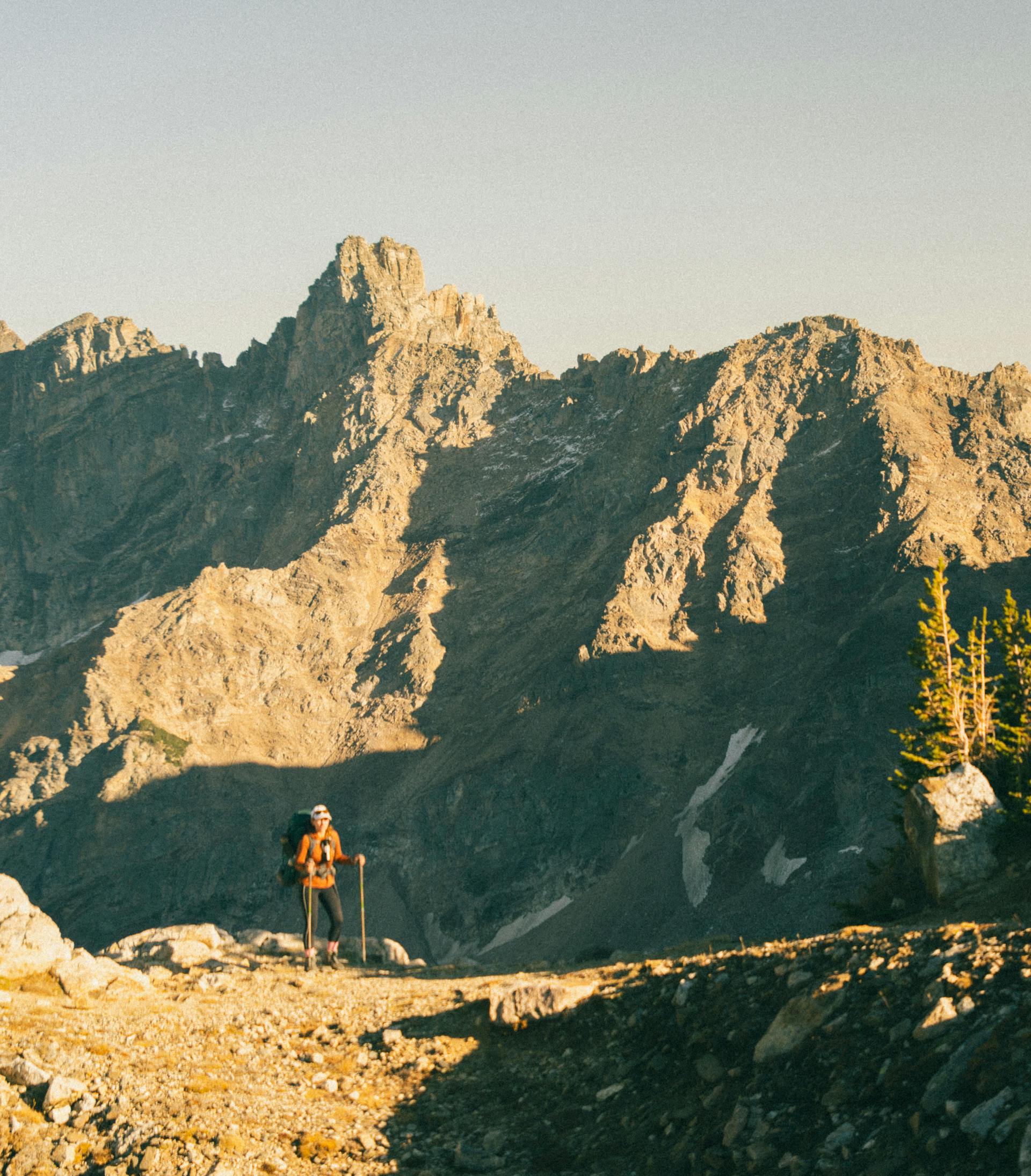
Ultimate Checklist: What to Pack for a Multi-Day Backcountry Trek
Heading into the backcountry for a multi-day trek is one of the most rewarding outdoor adventures you can experience. But being prepared is crucial—not only for your safety but also for your comfort and enjoyment. Packing the right gear ensures you can handle changing weather, long miles, and unexpected challenges along the way.
This ultimate checklist breaks down the essentials by category so you won’t forget a thing. At the bottom, you’ll also find a printable version you can take with you when planning your next trip.
🏕 Shelter Essentials
Your shelter is your home in the wilderness. It needs to be lightweight, reliable, and weather-appropriate.
-
Backpacking tent (with stakes and guylines)
-
Ground tarp or footprint
-
Lightweight hammock (optional, depending on location)
-
Lightweight rain fly or tarp for extra coverage
Tip: Choose a tent with good ventilation to prevent condensation on cold nights.
😴 Sleep System
Rest is vital when trekking long distances. The right sleep system makes all the difference.
-
Sleeping bag (temperature-rated for the season)
-
Sleeping pad (inflatable or foam)
-
Lightweight pillow or stuff sack with clothing as a pillow
-
Sleeping bag liner (adds warmth and keeps bag clean)
RECOMMENDED PRODUCT:Ultralight Outdoor Camping Sleeping Pad with Pillow
🍳 Food & Cooking Supplies
Keeping fueled and hydrated will keep you moving strong. Pack enough meals and snacks for every day, plus a little extra.
-
Backpacking stove (and fuel canister)
-
Lightweight cook pot & utensils
-
Biodegradable soap & sponge
-
Collapsible bowl or cup
-
Food (pre-packaged dehydrated meals, energy bars, trail mix, oatmeal, etc.)
-
Bear-proof food container or dry bags (depending on local regulations)
-
Water bottles or hydration reservoir
-
Water filter, purifier, or purification tablets
🧭 Navigation & Safety
Even experienced hikers can lose their way. Always carry backups to your primary navigation tools.
-
Topographic map of the area
-
Compass (and know how to use it)
-
GPS device or smartphone app (with offline maps)
-
Headlamp (plus extra batteries)
-
Emergency whistle
-
Multi-tool or knife
🚑 First Aid & Emergency Gear
Accidents happen—be ready to handle small injuries and prevent bigger issues.
-
First aid kit (bandages, antiseptic, blister pads, pain relief, tweezers, etc.)
-
Sunscreen & lip balm with SPF
-
Insect repellent
-
Emergency blanket or bivy sack
-
Lightweight repair kit (duct tape, needle & thread, gear patches)
-
Personal medications
👕 Clothing & Layering System
Backcountry weather can shift fast. Dress in layers so you can adapt.
-
Moisture-wicking base layers (top & bottom)
-
Insulating mid-layer (fleece or down jacket)
-
Waterproof & windproof outer shell (jacket & pants)
-
Trekking pants or shorts
-
Extra socks & underwear
-
Warm hat, gloves, and buff/bandana
-
Hiking boots or trail shoes (broken in before your trip)
-
Camp shoes (lightweight sandals or slip-ons)
RECOMMENDED PRODUCT:JNLN Unisex Waterproof Hiking & Outdoor Jacket
👜 Extras (Optional but Useful)
-
Trekking poles
-
Lightweight camp chair
-
Journal & pen
-
Camera or GoPro
-
Solar charger or power bank
-
Small pack towel
✅ Downloadable Backcountry Trekking Checklist
Want a ready-to-go packing guide? We’ve put together a printable checklist you can bring along while packing to make sure nothing gets left behind.
👉 [Download Your Printable Checklist Here] (I can create a PDF file for you if you’d like!)
Final Thoughts
Every trek is different, so tailor your gear list to the season, location, and your personal needs. The key is finding a balance between packing light and staying safe. With this checklist in hand, you’ll be ready to hit the trail with confidence and focus on what matters most—enjoying the adventure.



